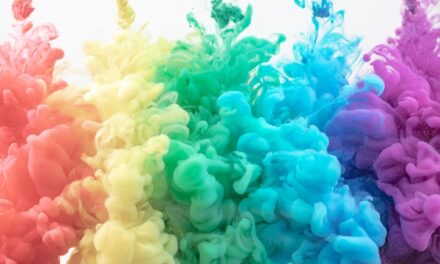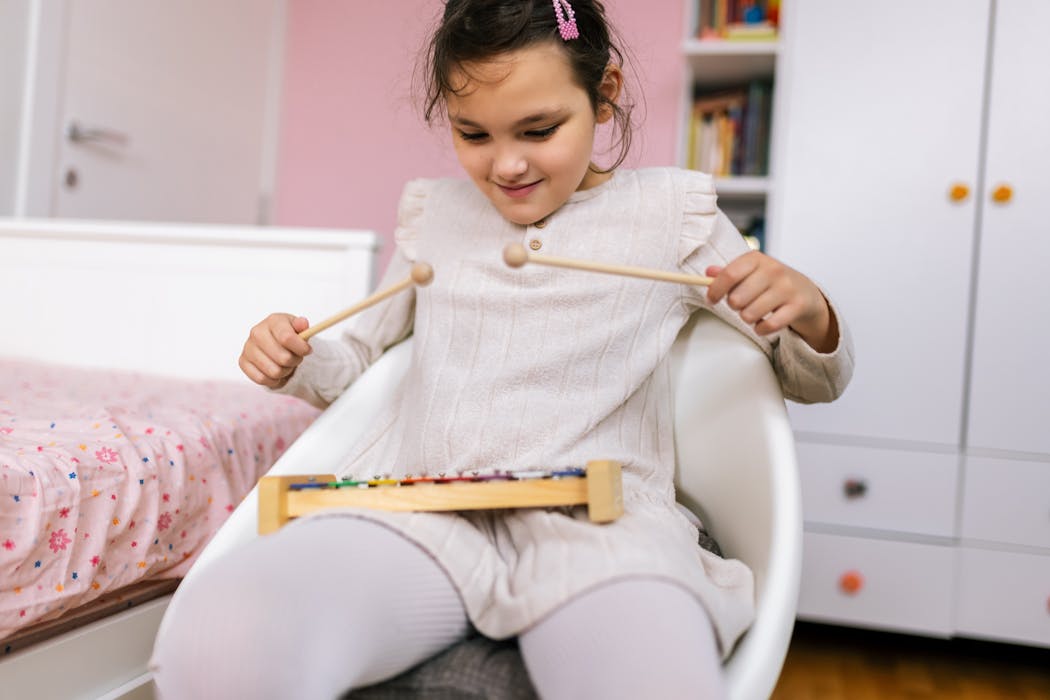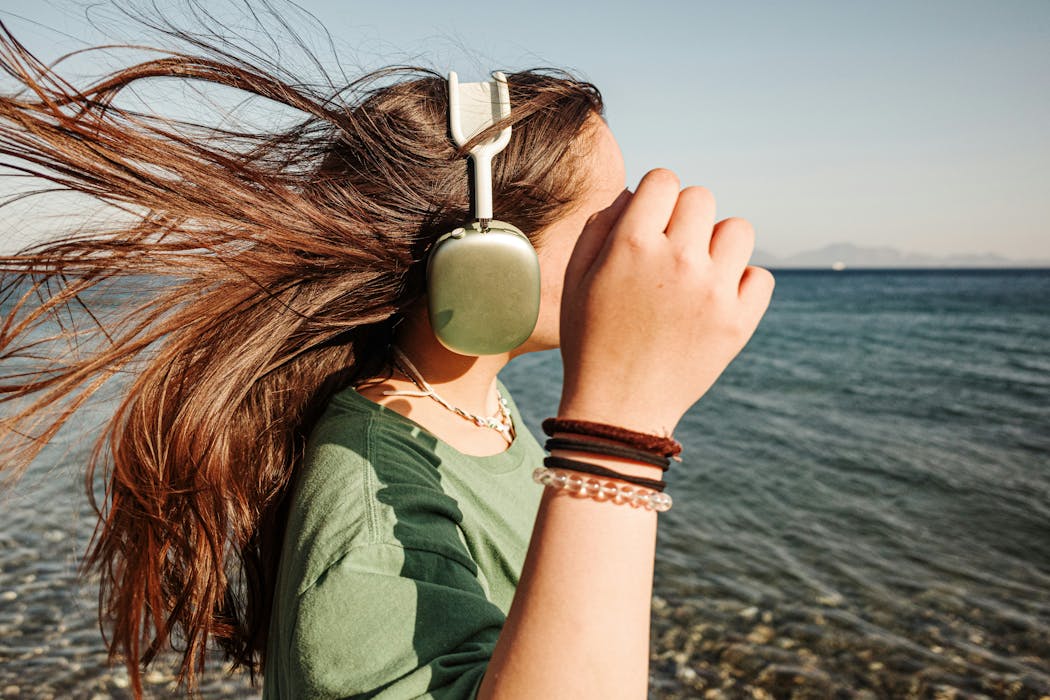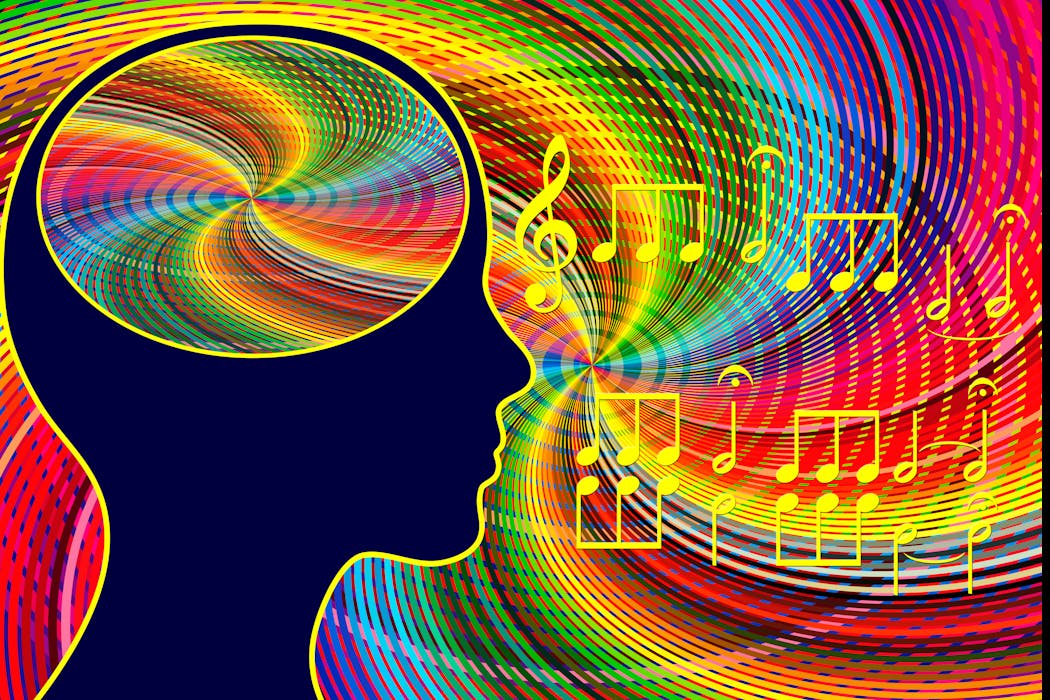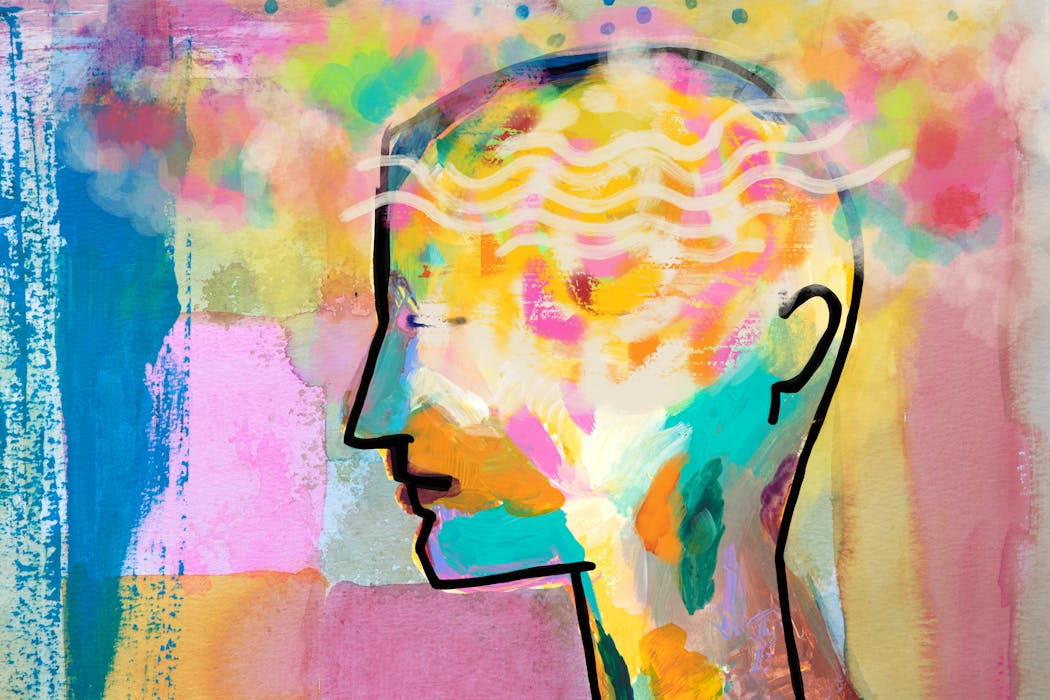Art therapy is a form of psychotherapy that utilizes the creative process of making art to improve and enhance the physical, mental, and emotional well-being of individuals. It is based on the belief that the act of creating art can help people explore their feelings, reconcile emotional conflicts, foster self-awareness, manage behavior and addictions, develop social skills, improve reality orientation, reduce anxiety, and increase self-esteem. Art therapy can be practiced in a variety of settings, including hospitals, mental health facilities, schools, and private practices.
Art therapy works by providing a safe and supportive environment for individuals to express themselves through art. The process of creating art can help individuals communicate their thoughts and feelings in a non-verbal way, allowing them to access and process emotions that may be difficult to articulate. Through the use of various art materials and techniques, individuals can explore their inner world, gain insight into their experiences, and develop coping strategies for managing their emotions. The art therapist acts as a guide and facilitator, helping individuals to interpret their artwork and integrate their insights into their overall healing process.
The Science Behind Art Therapy: How Creativity Can Impact Mental and Emotional Well-being
The practice of art therapy is rooted in the understanding that creativity can have a profound impact on mental and emotional well-being. Research has shown that engaging in creative activities such as painting, drawing, sculpting, and other forms of artistic expression can stimulate the release of dopamine in the brain, which is associated with feelings of pleasure and reward. This can help individuals experience a sense of accomplishment and satisfaction, leading to improved mood and reduced stress levels.
Furthermore, the act of creating art can also help individuals access and process emotions that may be difficult to express verbally. This can be particularly beneficial for individuals who have experienced trauma or are struggling with mental health issues such as depression or anxiety. Through the use of art materials and techniques, individuals can externalize their internal experiences, gain insight into their emotions, and develop coping strategies for managing their mental and emotional well-being. Additionally, engaging in creative activities can also help individuals develop a sense of self-efficacy and empowerment, as they learn to trust their own creative instincts and abilities.
Incorporating Art Therapy into Your Self-Care Routine: Practical Tips and Techniques
Incorporating art therapy into your self-care routine can be a powerful way to support your mental and emotional well-being. There are a variety of practical tips and techniques that you can use to engage in art therapy on your own. One simple way to get started is by setting aside time each day to engage in a creative activity that you enjoy, such as drawing, painting, or sculpting. You can also experiment with different art materials and techniques to find what works best for you.
Another practical tip for incorporating art therapy into your self-care routine is to keep a visual journal or sketchbook. This can be a safe space for you to express your thoughts and feelings through art, without the pressure of creating a finished product. You can use your visual journal to explore your emotions, document your experiences, and track your progress over time. Additionally, you can also use your visual journal as a tool for self-reflection and self-discovery, as you explore different themes and patterns in your artwork.
Exploring Different Art Forms for Healing: Painting, Drawing, Sculpting, and More
There are many different art forms that can be used for healing through art therapy. Painting is one of the most popular forms of artistic expression used in art therapy. The act of painting can be both meditative and expressive, allowing individuals to explore their emotions through color, texture, and form. Drawing is another versatile art form that can be used for healing. Whether it’s sketching with pencil or creating intricate designs with pen and ink, drawing can provide a sense of focus and concentration while allowing individuals to express themselves visually.
Sculpting is another powerful art form that can be used for healing through art therapy. Working with clay or other sculpting materials can provide a tactile experience that allows individuals to physically shape and mold their emotions. This hands-on approach can be particularly beneficial for individuals who struggle with verbal expression or have experienced trauma. Other art forms that can be used for healing include collage-making, photography, and mixed media. Each of these art forms offers unique opportunities for individuals to explore their emotions and experiences in a creative and expressive way.
Overcoming Barriers to Art Therapy: Addressing Common Misconceptions and Resistance
Despite the many benefits of art therapy, there are often barriers that prevent individuals from engaging in this form of self-care. One common misconception about art therapy is that it is only for artists or those with artistic talent. In reality, art therapy is accessible to everyone, regardless of their artistic abilities. The focus of art therapy is not on creating a masterpiece, but rather on using the creative process as a tool for self-expression and healing.
Another barrier to art therapy is the resistance that some individuals may feel towards engaging in creative activities. This resistance may stem from feelings of self-doubt or fear of judgment. It’s important to remember that art therapy is a personal and private practice, and there is no right or wrong way to create art. By approaching art therapy with an open mind and a willingness to explore your emotions through creativity, you can begin to overcome these barriers and experience the healing benefits of art therapy.
The Role of Art Therapists: How Professionals Can Guide and Support Your Healing Journey
Art therapists play a crucial role in guiding and supporting individuals on their healing journey through art therapy. These professionals are trained to create a safe and supportive environment for individuals to explore their emotions through art. They use a variety of techniques to help individuals express themselves creatively, interpret their artwork, and integrate their insights into their overall healing process.
Art therapists also work collaboratively with individuals to develop personalized treatment plans that address their unique needs and goals. They may use a combination of different art forms and techniques to help individuals explore their emotions and experiences in a way that feels comfortable and meaningful to them. Additionally, art therapists may also incorporate other therapeutic modalities such as talk therapy or mindfulness practices to support the overall healing process.
Real-life Stories of Transformation: Personal Accounts of the Power of Art Therapy in Self-Care
There are countless real-life stories that illustrate the transformative power of art therapy in self-care. For many individuals, engaging in art therapy has been a life-changing experience that has helped them overcome significant challenges and improve their mental and emotional well-being. One individual shared how engaging in painting helped them process their grief after the loss of a loved one, allowing them to find comfort and healing through the act of creating art.
Another individual shared how sculpting helped them manage their anxiety by providing a tactile outlet for expressing their emotions. Through the act of shaping clay with their hands, they were able to release pent-up tension and find a sense of calm and relaxation. These personal accounts highlight the profound impact that art therapy can have on individuals’ lives, providing them with a powerful tool for self-expression, healing, and personal growth.
In conclusion, art therapy is a valuable form of self-care that can support individuals’ mental and emotional well-being through the creative process of making art. By understanding the science behind art therapy and exploring different art forms for healing, individuals can overcome barriers to engaging in this practice and experience its transformative power firsthand. With the guidance and support of art therapists, individuals can embark on a healing journey that allows them to express themselves creatively, gain insight into their emotions, and develop coping strategies for managing their mental and emotional well-being. Through real-life stories of transformation, we can see the profound impact that art therapy can have on individuals’ lives, providing them with a powerful tool for self-expression, healing, and personal growth.
Find out how Torongo Therapyplus can help you with your needs. Get in touch with us at smile@torongo.life, or call us on 02 8809 9965.




